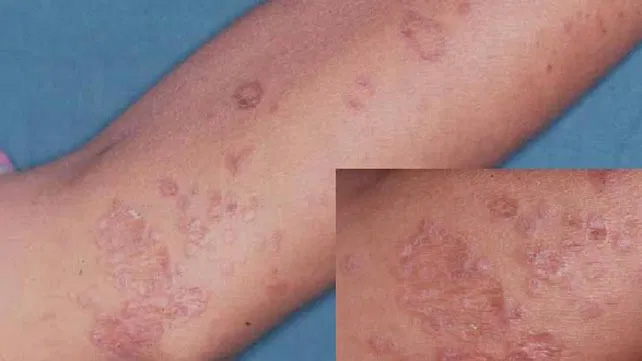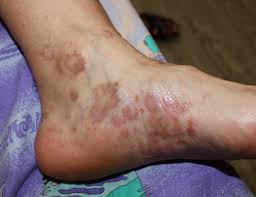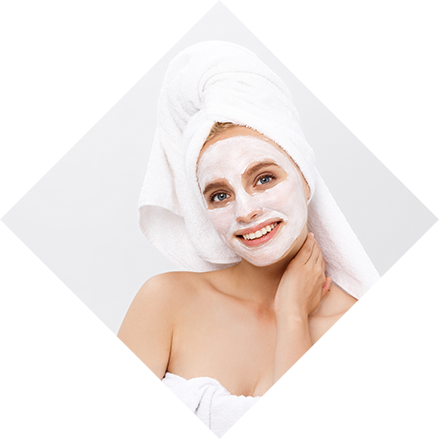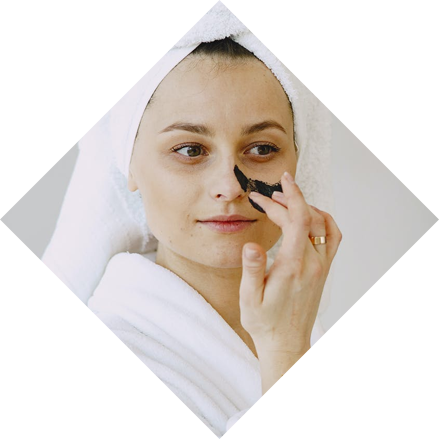Lichen Planus

Need An Appointment?
Drop Your Number here
Lichen Planus: Causes, Symptoms, and Effective Treatment Options
Lichen Planus is a chronic inflammatory condition that affects the skin, mucous membranes, nails, and scalp. It is characterized by itchy, flat-topped, purplish bumps that may cause discomfort and cosmetic concern. While the exact cause is not always known, Lichen Planus is believed to result from an overactive immune response. With the right diagnosis and treatment, the condition can be effectively managed and controlled.
Causes of Lichen Planus
The exact cause of Lichen Planus remains unclear, but several factors are believed to trigger or contribute to it:
-
Immune system dysfunction: The immune system attacks the body’s own tissues, causing inflammation.
-
Genetic predisposition: A family history of autoimmune conditions may increase risk.
-
Certain medications: Drugs used for high blood pressure, arthritis, or heart disease can sometimes trigger Lichen Planus-like rashes.
-
Infections: Hepatitis C infection is known to be associated with Lichen Planus in some cases.
-
Allergic reactions: Allergies to metals, dyes, or certain chemicals may also play a role.
-
Stress: Emotional or physical stress can trigger or worsen flare-ups.

Treatment for Lichen Planus
Although there is no permanent cure for Lichen Planus, several treatments can help reduce inflammation, relieve itching, and promote healing.
1. Topical Treatments
-
Corticosteroid creams or ointments: Help reduce inflammation and itching.
-
Calcineurin inhibitors (Tacrolimus or Pimecrolimus): Useful for sensitive areas like the mouth or genitals.
-
Antihistamines: Help relieve itching and improve sleep quality.
2. Oral Medications
For severe or widespread cases, doctors may prescribe:
-
Oral corticosteroids to control inflammation.
-
Immunosuppressants like methotrexate or cyclosporine in chronic cases.
-
Retinoids (vitamin A derivatives) to help control lesions.
3. Light Therapy (Phototherapy)
Controlled exposure to ultraviolet (UV) light can help improve skin lesions by slowing down the immune response and promoting healing.
4. Oral Lichen Planus Treatment
For Lichen Planus inside the mouth:
-
Use topical corticosteroid gels or rinses.
-
Maintain good oral hygiene.
-
Avoid spicy, acidic, or irritating foods.
-
In some cases, antifungal or antibacterial medications may be prescribed.
Need An Appointment?
Drop Your Number here
Symptoms of Lichen Planus
The symptoms of Lichen Planus can vary depending on the area affected. Common signs include:
-
Skin lesions: Flat-topped, shiny, purplish bumps that are often itchy. These may appear on the wrists, ankles, or lower back.
-
Oral Lichen Planus: White, lacy patches or painful sores inside the mouth or on the tongue.
-
Scalp involvement (Lichen Planopilaris): May cause hair loss and scarring.
-
Nail changes: Nails may become thin, ridged, or split.
-
Genital Lichen Planus: Painful erosions or white patches on the genital area, causing discomfort.
The condition usually develops gradually and may last for several months to a few years. Some cases clear up on their own, while others require ongoing treatment.
Complications of Lichen Planus
While most cases resolve over time, untreated or severe cases can lead to:
-
Scarring and dark spots after healing.
-
Hair loss (if scalp is affected).
-
Discomfort while eating or speaking (in oral Lichen Planus).
-
Rarely, chronic oral Lichen Planus may slightly increase the risk of oral cancer, so regular dental checkups are recommended.
Conclusion
Lichen Planus can be a long-term and sometimes distressing skin condition, but with timely diagnosis and appropriate treatment, most people can manage it successfully. Maintaining healthy lifestyle habits, reducing stress, and following your dermatologist’s advice are key steps toward keeping symptoms under control and improving skin health. Remember, early intervention always leads to better outcomes and lasting relief.
Patient Testimonials

She's the best skin doctor I've come across so far. she listens patiently, gives the prominent treatment accordingly. Guys looking for skin treatment must visit Dr Nidhi Bansal, you will get satisfying results👍
- Sanya Sayyed

I consulted with Dr Nidhi Bansal after one of my friend suggested. The doctor is very
calm and well versed with the solutions. I definitely liked the way He made me
understand the issues of my hair sclap.
I am very happy with my own experience with
her and the treatment provided amazing hence I would highly recommend to this doctor for
any skin or hair disease.
- Anu Verma

I was suffering from severe acne on my face. Dr Nidhi told me in detail about the treatment options and customized the procedures for my face. Within one day my redness and acne has reduced by 90%. I am so happy with the results and would recommend Dr Nidhi to everyone for their skin and hair problems.
Priya Rajput

Best doctor I always go to Dr Nidhi skin clinic whenever i have any skin problems . Dr. Nidhi is such a humble + trusted doctor I was dealing with pimples and scars from 6 years, someone told me about Dr Nidhi .I having been taking treatment from 2 months .my acne has gone for forever ,thanks for giving me normal skin best dermatologist in jaipur I got 100 % results , M bhut jayda preshan tha acne , blackheads whiteheads se ,mera face bhut khrab dikhta tha bhut guilty feel hota tha logo ko face krne m now I m confident .thank you doctor
Neeraj Yogi



Patient's Testimonials









